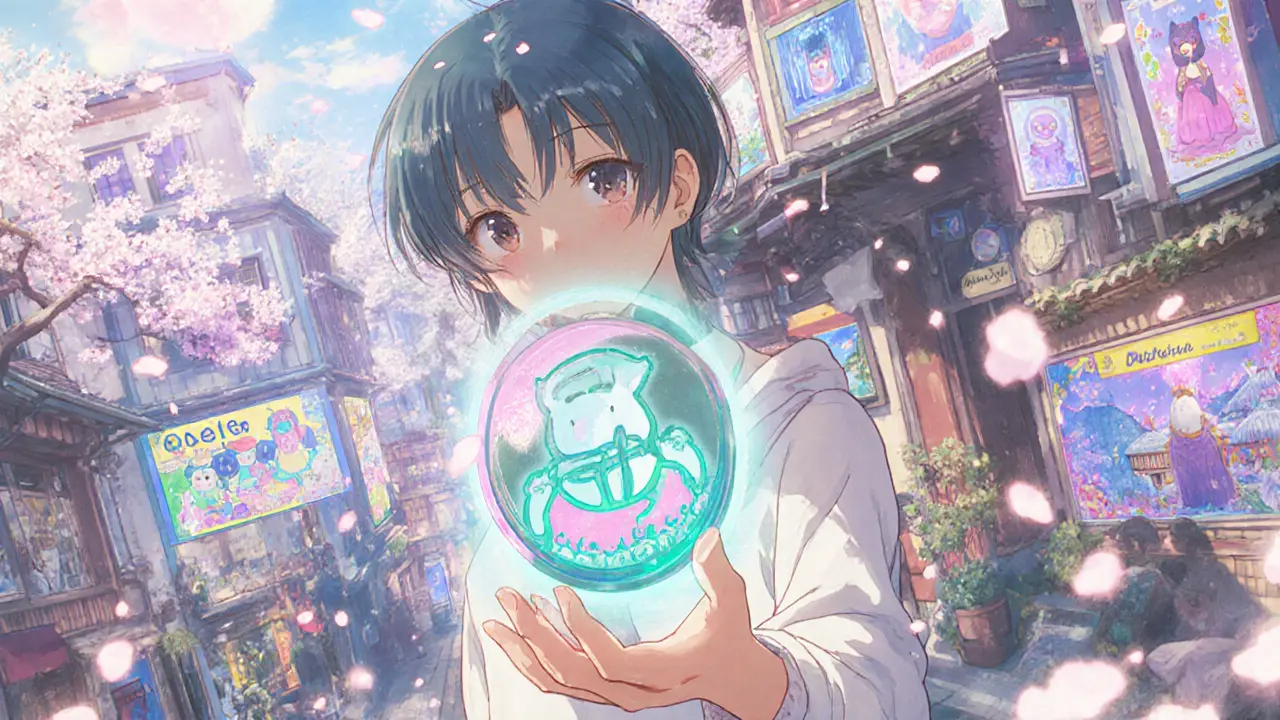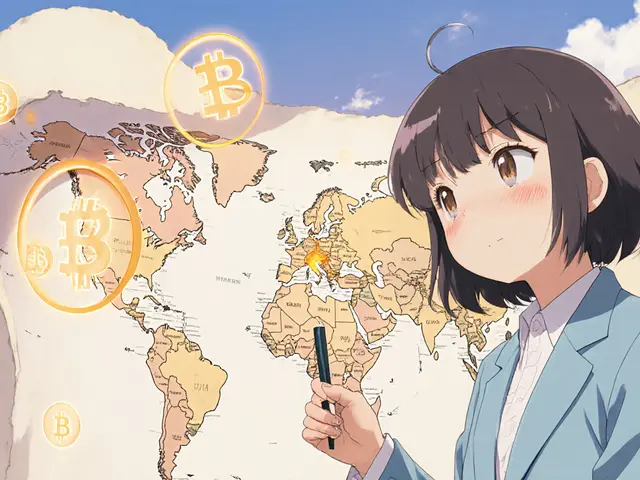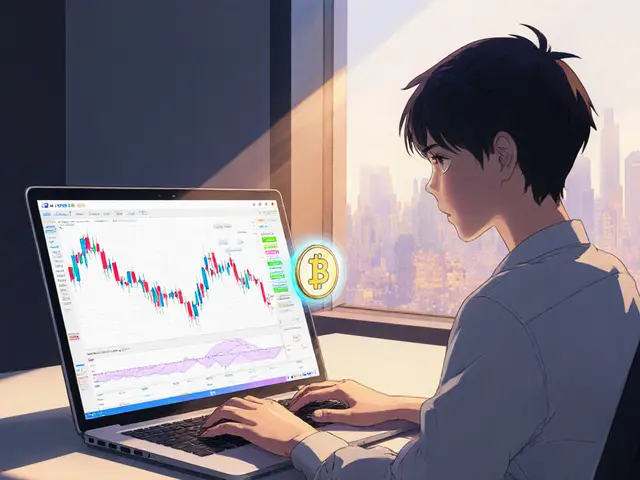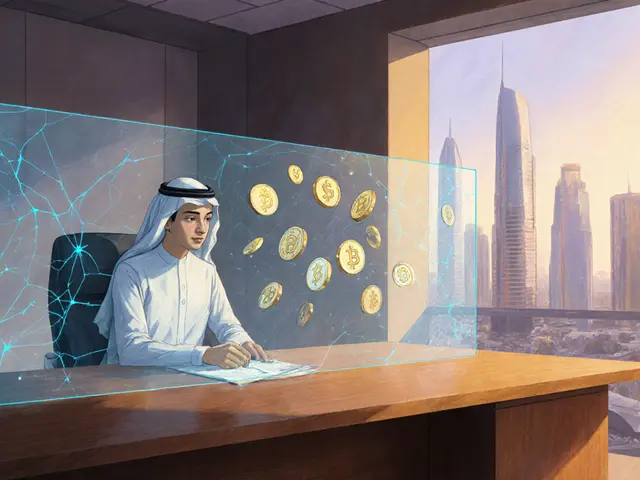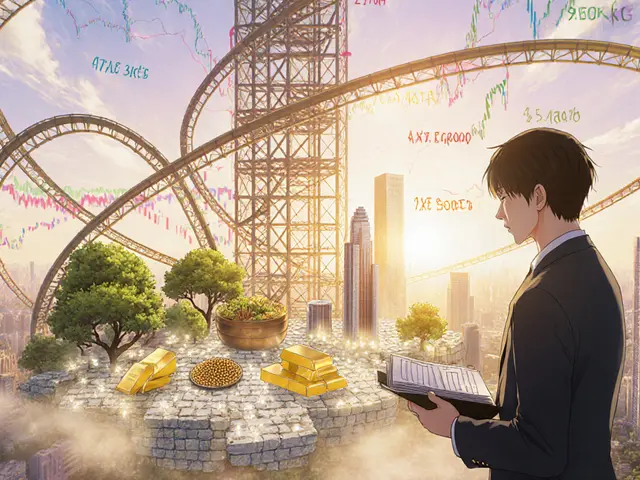NFT Bubble: What It Is and Why It Matters
When you hear about NFT bubble, a rapid surge in non‑fungible token prices fueled by hype, speculation, and media frenzy, you might wonder what’s real and what’s hype. The bubble encompasses wildly inflated floor prices, massive media coverage, and a flood of new projects that promise quick profits.
Key factors driving the NFT bubble
Two core standards, ERC-721, the original, single‑token NFT protocol on Ethereum and ERC-1155, a multi‑token standard that lets creators batch assets and cut gas costs, shape how the market behaves. The bubble requires clear standards because investors need confidence that a token is unique, verifiable, and interoperable across marketplaces. When a new standard lowers transaction fees, it can reignite buying sprees, feeding the bubble further.
Another driver is the rise of NFT ticketing platforms, services that mint event tickets as NFTs, promising anti‑scalping and collectible experiences. These platforms bring fresh use‑cases to NFTs, attracting non‑crypto users and expanding the bubble beyond art collections. The more real‑world applications you see, the more plausible the hype feels, and the bubble swells.
Supply dynamics also matter. Many projects launch hundreds of thousands of tokens without clear utility, flooding the market. This oversupply meets eager buyers who chase low‑price entries, creating a feedback loop of price spikes and sudden crashes. The bubble therefore influences investor sentiment: when a high‑profile drop sells out in minutes, newcomers rush in, only to see value dip weeks later.
Regulatory signals add another layer. Governments and financial regulators are still figuring out how to treat NFTs, which means rules can shift overnight. A sudden crackdown on speculative sales can puncture the bubble, while a friendly stance can boost confidence. Watching policy trends is crucial for anyone caught in the hype.
Community sentiment drives the narrative too. Social media buzz, celebrity endorsements, and influencer hype can push obscure collections into the spotlight. When a tweet triggers a frenzy, prices can double or triple in hours, illustrating how the bubble is as much about psychology as technology.
Finally, market infrastructure—wallets, marketplaces, and analytics tools—determines how easily people can jump in. Platforms that simplify buying, like user‑friendly wallets and instant fiat on‑ramps, lower the barrier to entry, inviting more participants and inflating the bubble further.
All these pieces—standards, ticketing use‑cases, supply, regulation, community hype, and infrastructure—interact in a complex web. Understanding each helps you spot whether a surge is sustainable or just a temporary puff. Below you’ll find a curated set of articles that dive deeper into these topics, from standard comparisons to the latest NFT ticketing trends, giving you practical insights to navigate the NFT bubble with confidence.
NFT Market Crash 2022: What Triggered the Collapse
A clear, data‑driven look at why the 2022 NFT market crash happened, who was affected, and what the future holds for digital collectibles.
